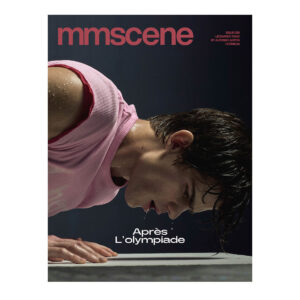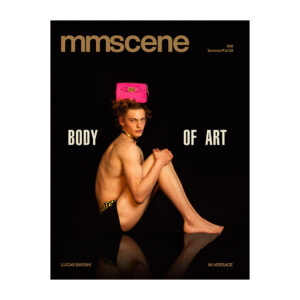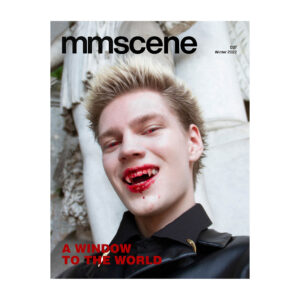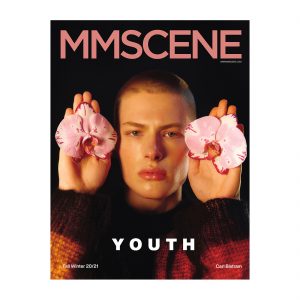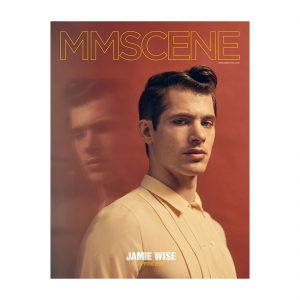
Timeless and beautiful, jewelry has long been a symbol of luxury. It evokes one’s status and wealth and amplifies the physical beauty of its wearer. While women are often traditionally associated with jewelry, that isn’t to say men can’t enjoy them, too.
In fact, jewelry makes fantastic investments. Statistics show that the value of the jewelry market is expected to grow to over USD $330 billion by 2026 and potentially even more beyond that. So, if you are looking for an investment that’s both valuable and enjoyable, jewelry might be just what you’re seeking.
Intrigued by the possibilities of investing in your rings or bracelets? Keep reading to learn how to invest in a men’s jewelry collection the smart way.
Decoding the Luxury Jewelry Market
Before you begin building your men’s jewelry collection, it’s best to understand the market. Doing so will help you make better investments.
Historical Overview
The jewelry market’s rich history spans centuries, influenced by cultural shifts, technological advancements, and iconic brands. Men’s jewelry, in particular, dates back centuries, with ancient civilizations crafting intricate pieces made of precious metal like gold for both adornment and symbolic purposes.
The Victorian era saw men’s jewelry reach peak elegance, featuring elaborate cufflinks, signets, and watch chains. Jewelry then made a comeback in the 20th century, with iconic brands and minimalist designs leading the charge.
Key Players
Today’s luxury jewelry market is dominated by a few prestigious brands, each boasting a unique history and style. These names are synonymous with exceptional quality, craftsmanship, and exclusivity. While auction houses and dealers facilitate the buying and selling of these coveted pieces, the industry’s landscape is far more diverse.
Beyond the established luxury brands, smaller, independent jewelers and artisans contribute significantly to the market. These creative minds, including many upcoming designers, craft unique pieces like men’s bracelets that stand out from the crowd, appealing to jewelry lovers who crave the extraordinary.
But the market extends beyond just retail. Companies like Cashing Diamonds, for instance, play a dual role, both selling jewelry and offering fair prices for pieces brought to them. This diversity in the industry ensures that whether you’re buying or selling, from luxury brands or independent artisans, there’s a place for every type of jewelry and consumer in this glittering world.
Market Dynamics
Luxury jewelry prices dance to many tunes – public demand, economic shifts, trends, and even celebrity fashion choices. Ever noticed how a star’s red carpet look can spark a jewelry craze?
Even though there are things that can make people want jewelry more or less, the market for it has been pretty strong over time. When inflation hits, luxury jewelry often perseveres, potentially increasing in value.

Investing in Men’s Luxury Jewelry
Men’s jewelry investments aren’t simply collecting the pieces that catch your eye and calling it a day. Winning in this glittering world requires clever strategy and savvy moves, too.
Diversification
Unlike traditional investments, jewelry can be both functional and valuable. But smart buying for your men’s jewelry collection goes beyond personal taste – it’s about spotting potential value.
To maximize the benefits of jewelry as an investment, consider expanding your collection across various categories. Men’s wristwatches, rings, and bracelets each offer unique opportunities to diversify your portfolio. This strategy not only enhances potential returns but also provides a safety net by spreading risk across different types of pieces.
Risk and Return
While luxury jewelry investments can offer attractive returns, you have to consider the associated risks. For one, the market can be volatile, influenced by factors like economic conditions and changes in consumer preferences. But by carefully selecting pieces and conducting thorough research, you can avoid those risks and increase your chances of success.
Buying Strategies
Future-proofing your jewelry investments? Consider pieces with lasting appeal and potential. Look for well-established brands, high-quality materials, and desirable designs as a good start. Consider the overall aesthetic and design of the piece. Does it have a timeless appeal that will likely remain desirable in the future?
Additionally, research the piece’s history, if available. Jewelry with a fascinating history often commands higher prices and attracts eager collectors.
Lastly, look at jewelry trends from both the past and the present. Take gold as an example. In tough times, this precious metal often proves its worth as a solid investment choice. Interestingly, jewelry crafted from gold accounts for a substantial 40% of all gold consumption, highlighting the enduring appeal of gold jewelry as both a fashion statement and a potential investment.
Selling Strategies
Selling jewelry isn’t as simple as putting it up for sale. A successful sale involves finding the right market, setting the right price, and understanding current trends.
Timing is also crucial when selling your jewelry. When you catch the market when demand is high, that could mean a better payday for you. Equally important is ensuring your jewelry is properly appraised and documented. This step not only establishes its authentic value but also instills confidence in potential buyers.

Ethical Considerations
When building a men’s jewelry collection, it’s crucial to face the harsh truth: not all luxury pieces come from ethical sources. So, how do you balance style with conscience?
Conflict-Free Diamonds
People care more and more about where jewelry comes from and how it’s made. For instance, there are concerns about blood diamonds, which are mined in conflict zones and used to finance wars and human rights abuses.
Buying diamonds that are not blood diamonds helps make the jewelry industry more ethical and sustainable. You also won’t regret adding them to your jewelry collection.
Environmental Impact
Environmental concerns loom large in the world of precious metals and gemstones. Many brands now sport eco-friendly certifications – choosing these pieces helps push the industry in a greener direction.
More people are also looking toward lab-grown gems like diamonds instead. They’re considerably more affordable than authentic diamonds and make up 17% of the overall diamond market.
Labor Standards
Fair labor practices are essential in the luxury jewelry industry. Championing brands with strong ethical labor standards ensures workers get fair treatment and proper pay. But how can you tell if a brand is committed to ethical practices?
Seeking out certifications and memberships in fair labor organizations is a solid start to ethical jewelry shopping. These organizations often have strict codes of conduct that brands must adhere to. Digging deep into a brand’s supply chain and labor practices can reveal a lot about its ethical stance.
Finally, Investing in men’s luxury jewelry is your opportunity to combine passion and financial gain. So, go ahead and give it a try! But remember to do your research and make smart and careful choices.
Why not get advice from experts as well? With thorough planning and some helpful pro tips, you can build a great men’s jewelry collection that’s worth the money.
Images from MMSCENE Exclusive Interview with VYPERR – see full article here.



